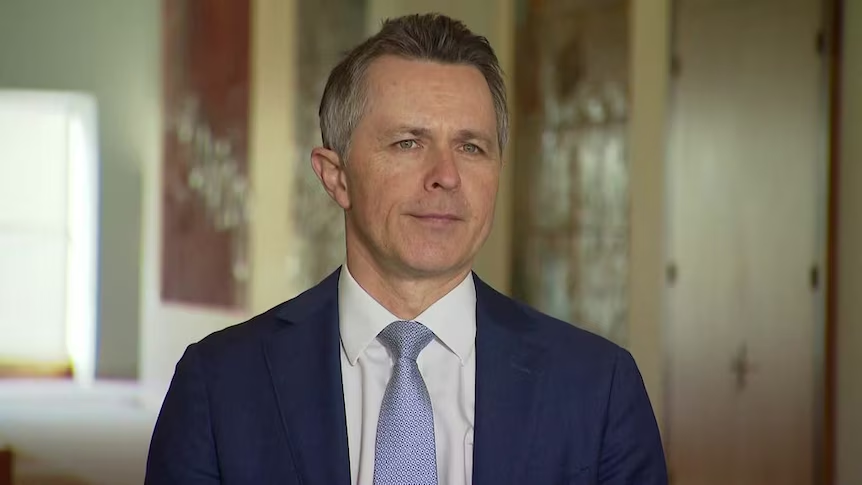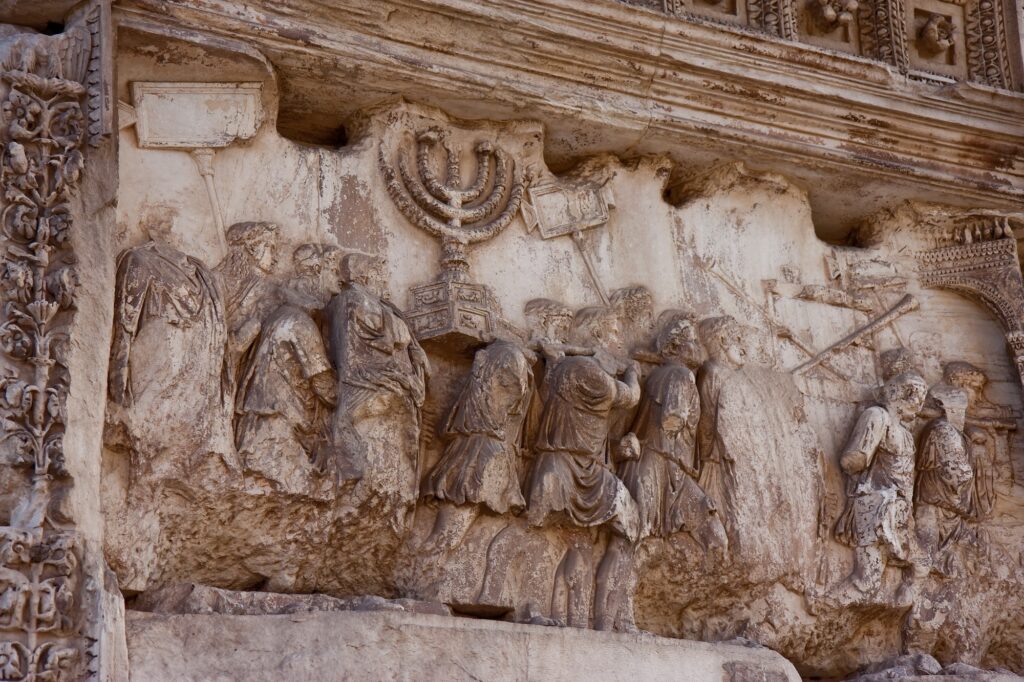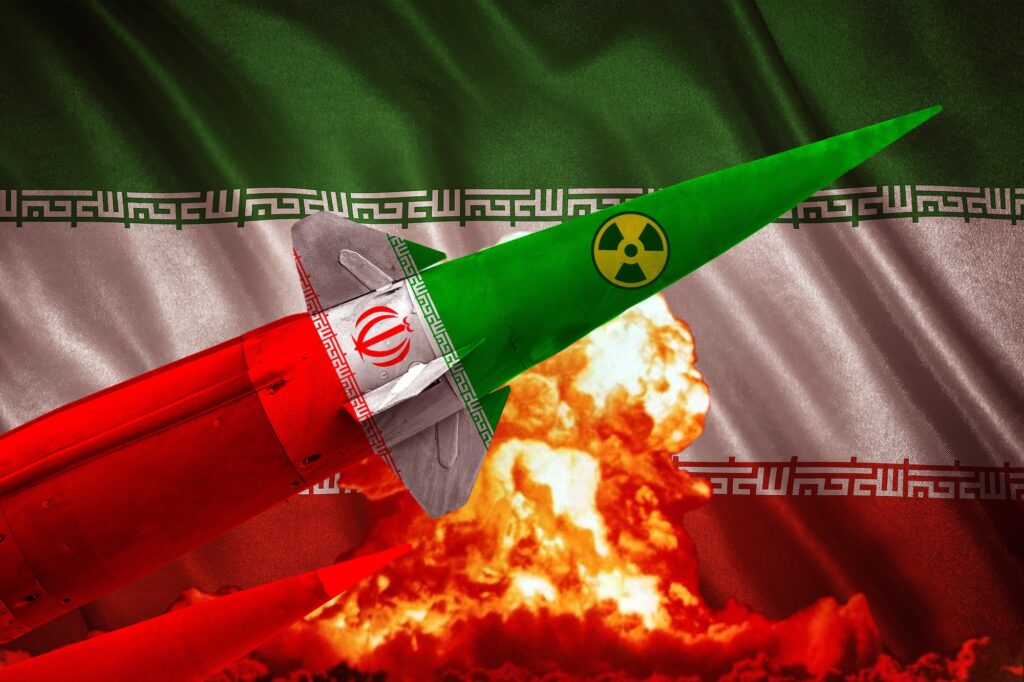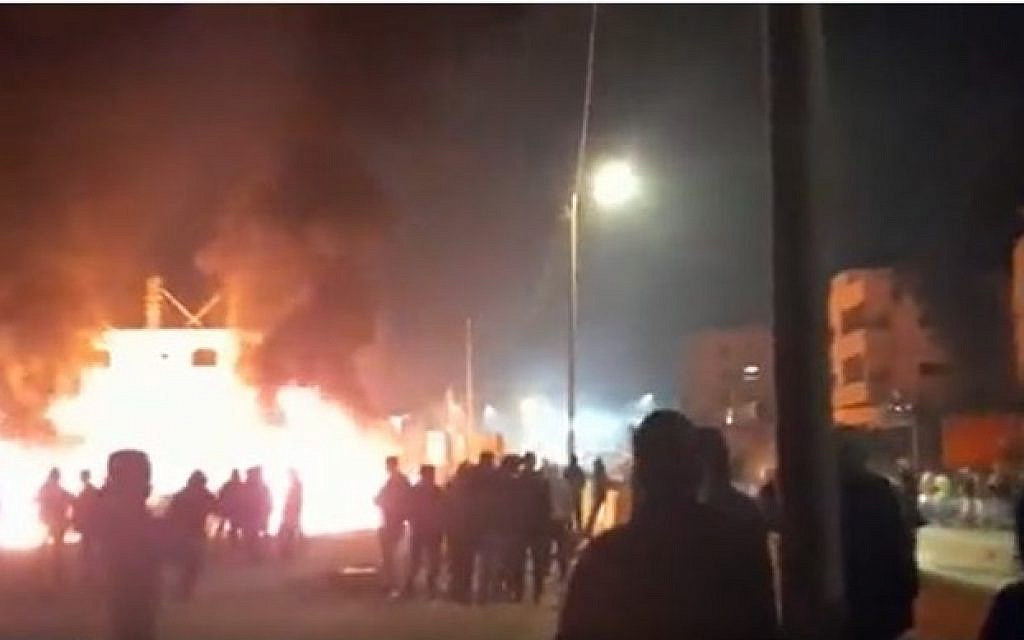UPDATES
Iran Bans Waterfights and Steps Closer to Nuclear War
August 5, 2011 | Daniel Meyerowitz-Katz
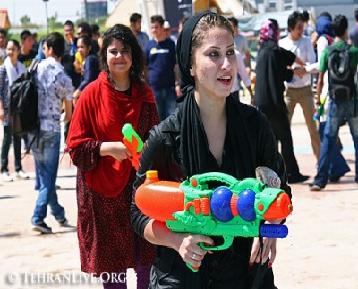
As reported by MEMRI, Iranian summers just became a little less enjoyable when the Iranian Parliament moved to ban watergun fights, after pictures of a waterfight in a Teheran park were posted online. Unfortunately, this was not the most absurd statement made by an Iranian official this week (in fact, with Iran’s “moral police” patrolling the country, it is all too believable).
The cake in fact goes to Iranian president Mahmoud Ahmadinejad, who made yet another claim that Iran’s clandestine nuclear program, while off-limits to International Atomic Energy Agency inspectors, is in fact for peaceful purposes. As reported by Reuters:
“When we say we don’t want to build an atomic bomb it means we really do not want to build an atomic bomb,” Ahmadinejad, interviewed by the Euronews TV channel, said. “If somebody is looking for an atomic bomb nowadays he’s mad.”
… Ahmadinejad, whose remarks were translated into French by Euronews in the live interview monitored by Reuters, said that production of 20 percent-enriched uranium was intended primarily for medical use.
“Production of 20-percent enrichment production is for totally peaceful use,” he said. “It’s for a reactor that produces active medicines and produces only medicines. It’s just for medical and agricultural use.”
This statement comes as, according to The Wall Street Journal, Iran is dramatically increasing its nuclear enrichment capacity by installing a new range of advanced centrefuges.
Moves by Iran to deploy more-advanced centrifuge machines for the production of nuclear fuel are raising new concerns that Tehran could significantly shorten the time it would need to produce nuclear bombs.
In recent weeks, the Atomic Energy Organization of Iran has notified United Nations inspectors that it has begun deploying what are described as second- and third-generation centrifuges at its uranium-enrichment facility in the city of Natanz, according to diplomats briefed on the correspondence.
Tehran has also said that it plans to set up these advanced machines at an underground uranium-enrichment site run by Iran’s elite military unit, the Islamic Revolutionary Guard Corps, near the holy city of Qom, said these officials. Iran denies it seeks to develop nuclear weapons.
The more-advanced centrifuges, called IR-2Ms and IR-4s, are believed to be capable of enriching uranium at rates three times as fast as those Tehran currently uses, the IR-1s.
… U.S. and European officials, though, are more concerned about what Iran is planning to do at the site in Qom.
The head of Iran’s Atomic Energy Organization, Fereydoun Abbasi-Davani, in June told the IAEA that Tehran was seeking to triple production of nearly 20%-enriched uranium at the site. Because the Qom facilities are buried under a mountain, they are seen as sheltered from an American or Israeli air attack.
The picture described by Solomon is in stark contrast to the one that Ahmadinejad was attempting to portray. Essentially, Iran is installing new centrifuge machines inside an to-secret army base, buried under a mountain, which is located near the holy city of Qom – the centre of Iranian jurisprudence which serves as the base of operations for the Ayatollahs who rule the Islamic Republic. Given that the Qom base is off-limits to UN inspectors, taking Ahmadinejad’s claims at face value is a lot to ask – especially as the quantities of 20% enriched uranium Iran is planning to produce exceeds any conceivable civilian needs. Iran seems to be getting ever closer to a nuclear arsenal – with all the disasterous consequences that this implies.
Daniel Meyerowitz-Katz
Tags: International Security

